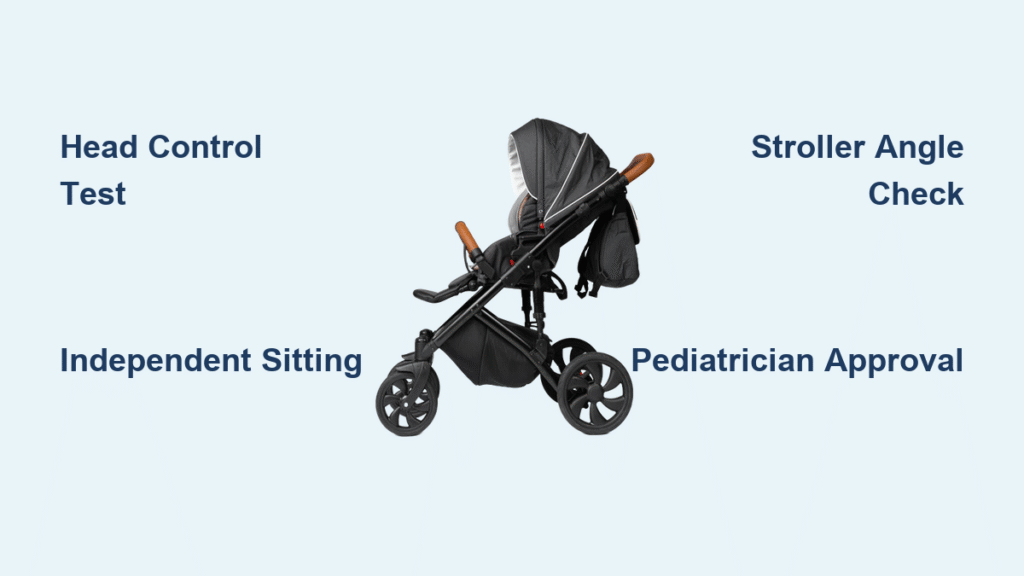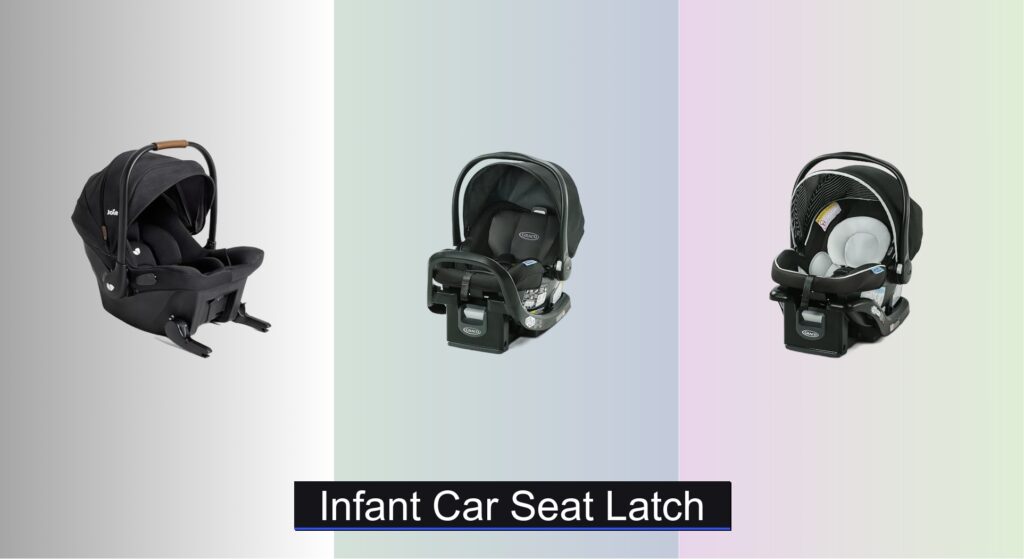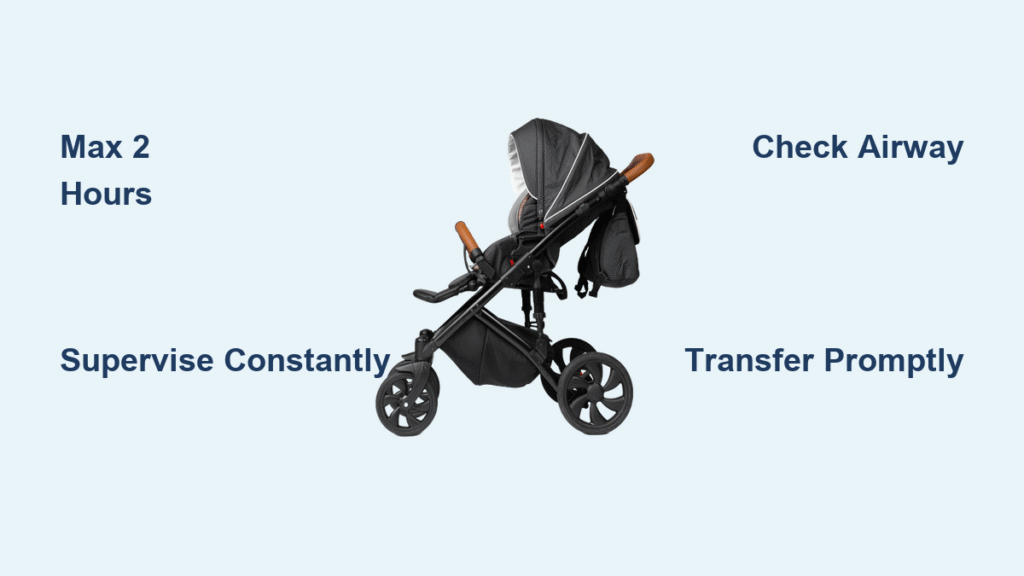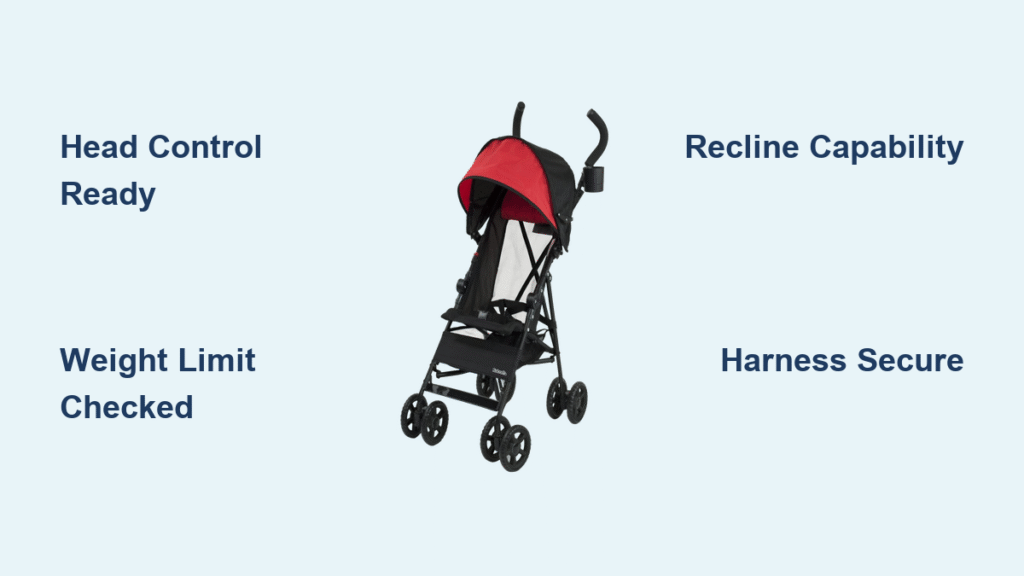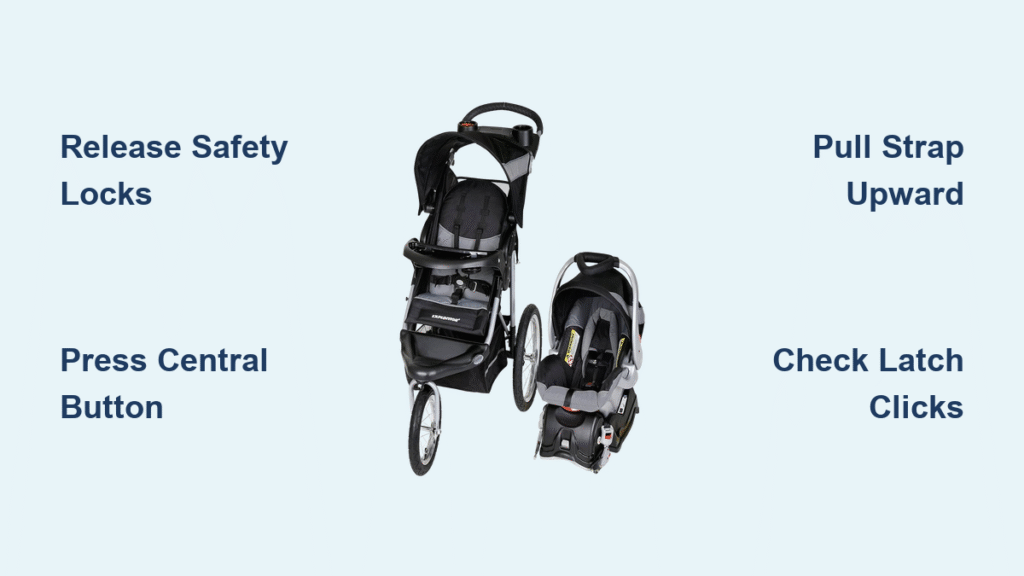That first upright stroller ride feels like a major parenting victory—but forcing your baby into an upright position too soon risks airway obstruction and spinal strain. When can baby sit upright in stroller safely? The answer lies not in calendar dates but in your infant’s physical milestones: rock-solid head control and independent sitting ability. Rushing this transition jeopardizes breathing safety, yet waiting too long frustrates curious babies ready to explore the world. This guide reveals exactly how to test readiness, navigate the transition, and avoid dangerous manufacturer pitfalls—all verified by pediatric safety standards.
Most parents assume 6 months is the magic number, but 30% of babies aren’t truly ready until 8-9 months. Your infant’s unique development timeline—not age—determines safety. We’ll walk you through hands-on tests you can do today, precise stroller angle adjustments, and emergency warning signs every caregiver must recognize before buckling up.
Head Control Test: Your First Safety Gatekeeper

Never skip this chin-to-chest gap check before attempting upright positioning. Babies with unstable necks can suffocate within minutes if their head flops forward, blocking the airway. This isn’t theoretical—emergency rooms treat dozens of cases yearly from premature stroller transitions.
How to Perform the Lap Stability Test
- Sit your baby on your lap with hands lightly supporting their ribcage (not head)
- Observe for three critical signs:
– Visible chin-to-chest space (no contact)
– Midline head alignment without side-to-side wobbling
– Torso-head sync when you gently sway side-to-side (head moves with body, not lagging behind)
Pro Tip: If your baby’s head dips even slightly during this test, return to a flat or semi-reclined position immediately. True stability typically emerges around 6 months—not the 3-4 month “basic steadiness” milestone some blogs cite. Premature babies should use adjusted age calculations.
Independent Sitting Assessment: The Non-Negotiable Requirement
Assisted sitting with pillows doesn’t count—your baby must maintain upright posture without support to handle stroller vibrations. Many parents mistake car seat tolerance for readiness, but confined seats artificially stabilize weak cores.
Floor Test Protocol for True Readiness
- Place baby on a soft surface (no props)
- Time how long they hold straight spinal alignment (crown to tailbone)
- Watch for forward slumping or sideways toppling
- Minimum standard: 60 seconds of unassisted sitting with minimal arm bracing
Red Flag: If baby collapses within 15 seconds or needs constant hand support, upright stroller use is unsafe. Most infants master this between 6-8 months, but 20% take until 9+ months—always prioritize your child’s actual ability over age ranges.
Age-Based Positioning Timeline (With Milestone Overrides)

| Baby’s Age | Stroller Position | Critical Safety Requirements |
|---|---|---|
| 0-3 months | Fully flat (bassinet mode) | Must support full spine alignment; never use angled seats |
| 3-5 months | Semi-reclined (45-60°) | Only if passing head control test; limit rides to 20 minutes |
| 5-7 months | Near-upright (70-80°) | Verify no head bobbing during movement; maintain chin-to-chest gap |
| 6-9+ months | Fully upright (90°) | Requires independent floor sitting + pediatrician approval |
Critical Note: Manufacturer minimum age limits override developmental milestones. If your stroller manual states “upright mode only after 7 months,” even a 6.5-month-old with perfect sitting skills must wait. Violating this voids safety certifications.
Step-by-Step Transition Protocol: Avoiding Setbacks
Week 1-2: Reclined Position Testing
Start at the slightest incline above flat (e.g., 50°). Limit outings to 10-15 minutes while continuously monitoring:
– Check every 2 minutes for chin-to-chest contact
– Abort immediately if head drops forward once
– Never combine with car seat use (total angled time ≤45 minutes daily)
Week 2-4: Gradual Angle Increases
Only if baby maintains perfect posture through Week 1:
1. Raise recline one notch (e.g., 65°)
2. Extend rides to 20 minutes max
3. Observe breathing patterns—shallow breaths mean angle is too steep
Week 4+: Full Upright Clearance
Do not proceed until all four conditions are met:
– Baby sits unassisted for 2+ minutes on floor
– Zero head wobble during previous reclined rides
– Pediatrician signs off on readiness
– Stroller manual approves baby’s current weight for upright mode
Troubleshooting Slumping or Fussing in Upright Mode
Immediate action for slumping: Drop recline angle by 10-15°. This isn’t “giving up”—it prevents spinal strain from overexertion. Retry transition in 7-10 days.
Resistance Solutions That Actually Work
- Parent-facing mode: 78% of babies adapt faster when facing you (per infant development studies)
- Strategic toy placement: Hang mobiles at eye level—not above—to avoid neck strain
- Narration technique: Describe passing objects (“Look! Red truck!”) to maintain engagement
- Micro-outings: Start with 5-minute walks post-nap/feeding to build positive associations
Critical Warning: Persistent crying during upright rides often signals overstimulation, not misbehavior. Switch to a carrier for 1-2 weeks—forcing the issue creates lasting stroller aversion.
Non-Negotiable Safety Checklist Before Every Ride
☐ Chin-to-chest gap visibly maintained during lap test
☐ 60+ seconds unassisted sitting demonstrated on floor
☐ Pediatrician approval documented for upright transition
☐ Stroller manual confirms baby’s weight within upright limits
☐ 5-point harness snug at armpit level (two-finger test)
☐ Peek-a-boo window accessible for posture checks
Never compromise: Missing even one item requires reverting to reclined mode. Manufacturer guidelines are legal safety thresholds—not suggestions.
Stroller Type Danger Zones to Avoid
Bassinet/Carrycot Models
Use until rolling begins (4-6 months). These provide essential flat positioning but become hazardous once baby pushes up on hands. Never force upright mode before independent sitting.
Travel Systems with Car Seats
Maximum 45 minutes upright—even in “reclined” car seats. The 30-40° angle compresses airways after 20 minutes. Always transfer to bassinet mode for naps.
Lightweight Umbrella Strollers
Wait until 7+ months minimum. Fixed upright seats (75-90°) force premature spinal loading. If your model lacks multi-position recline, skip it entirely for infants.
Accelerating Milestone Readiness Safely
Tummy Time That Builds Real Strength
- Start at 2 months: 3x daily for 3-5 minutes on firm surface
- Toy placement: Position mirrors/toys just beyond reach to encourage head lifting
- Progress slowly: Add 30 seconds per session only when baby pushes up consistently
Supported Sitting Practice
Sit baby between your legs on carpeted floor. Gradually reduce hand support from full back to fingertips on shoulders. Never leave unattended—use this only for 5-10 minute skill-building sessions.
Stop immediately if baby arches back excessively or slides into “C-position,” indicating core fatigue.
Critical Warnings Every Parent Must Know
Suffocation risk in 90 seconds: A head flopped forward at 70°+ angles narrows airways by 40%. Always maintain a fist-width chin-to-chest gap—never assume “they’ll hold it.”
Spinal curve damage: Premature upright sitting stresses undeveloped vertebrae. The lumbar curve (critical for sitting) forms naturally between 5-7 months—forcing it causes chronic strain.
Manufacturer limits are non-negotiable: Even “advanced” 5-month-olds must wait if stroller specs require 6+ months. No model is certified for upright use before physical readiness.
Final Readiness Confirmation: The 3-Question Test
Your baby is truly safe for upright stroller rides only when:
1. Head stability: They maintain perfect chin-to-chest space throughout your entire walk duration
2. Core strength: They sit unassisted on floor for 90+ seconds without toppling
3. Stroller compliance: Manual explicitly approves upright mode for baby’s current weight
Remember: 14% of babies hit these milestones after 9 months—that’s normal. Pediatricians universally agree: When can baby sit upright in stroller? Only when your infant demonstrates all three readiness signs—not when the calendar says so. The extra weeks of patience prevent ER visits and build lifelong confidence in stroller adventures. Always get pediatrician sign-off before transitioning, and trust your instincts—if something feels off, recline the seat. Your baby’s safety isn’t a milestone to rush.

